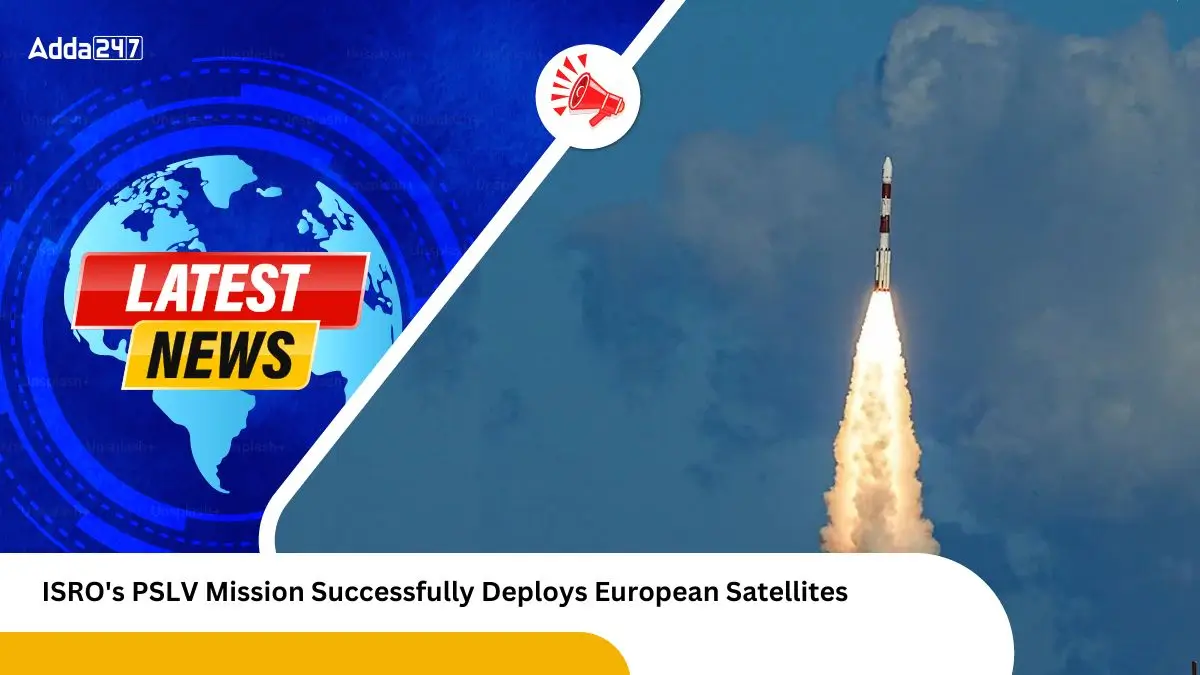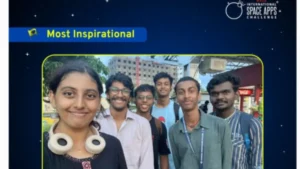On December 5, 2024, ISRO’s PSLV-C59 rocket successfully launched the European Space Agency’s (ESA) advanced Sun-observing mission, Proba-3. The mission aims to explore the Sun’s outer atmosphere by conducting scientific experiments, and it will contribute to the global understanding of space weather, its economic and technological risks, and solar phenomena. Proba-3 is a twin-satellite mission that features the Coronagraph and Occulter spacecraft, which will fly together in a precisely controlled formation to study the Sun’s corona.
Mission Highlights and Key Details
Launch Vehicle
- The PSLV-C59 rocket, launched from ISRO’s Satish Dhawan Space Centre in Sriharikota, carried ESA’s Proba-3 satellites.
- PSLV-C59 is a part of the PSLV series, marking the 61st flight of the PSLV rocket and the 26th launch using the PSLV-XL variant.
Launch Reschedule
- Initially scheduled for December 4, 2024, the launch was rescheduled due to an anomaly in the satellite’s propulsion system. The launch successfully occurred on December 5 at 4:04 pm (IST).
Orbital Details
- The satellites were placed in a highly elliptical orbit, with a perigee (closest point to Earth) of 600 km and an apogee (farthest point from Earth) of 60,000 km, at an inclination of 59 degrees.
Proba-3 Mission Overview
Primary Objective
- The mission is a technology demonstration project designed to showcase “precise formation flying.” It aims to study the Sun’s corona by blocking the solar disk with one satellite to allow the other satellite to observe the solar atmosphere.
Spacecraft
- Occulter: Weighs 240 kg and is responsible for blocking the Sun’s light to make the corona visible.
- Coronagraph: Weighs 310 kg and is the primary instrument designed to study the Sun’s corona.
- Formation Flying: The two satellites will fly in tandem, maintaining a precise 150-meter distance to create a “solar eclipse on demand,” mimicking the effects of a solar eclipse for extended periods.
Solar Study
Scientific Importance
- The Sun’s corona is much hotter than its surface and is the origin of space weather, which can have significant impacts on technology and Earth’s magnetic field.
- By observing the corona, scientists can better understand solar activity and its effects on Earth.
Space Weather Risks
- The mission contributes to assessing the economic and technological risks of space weather, which includes solar flares and coronal mass ejections (CMEs).
Future Insights for ISRO
- The Proba-3 mission complements ISRO’s earlier achievements, such as the Aditya-L1 mission, which was launched in September 2023 to study the Sun.
- This collaboration with ESA enhances ISRO’s capabilities in solar research and space science.
Technology Demonstration
- The Proba-3 mission will be the first large-scale demonstration of formation flying, where two satellites fly together as a single system. This technology will have broader applications in future space missions.
|
Summary/Static |
Details |
| Why in the news? | ISRO’s PSLV Mission Successfully Deploys European Satellites |
| Mission Name | Proba-3 |
| Launch Vehicle | PSLV-C59 (ISRO’s Polar Satellite Launch Vehicle) |
| Launch Date | December 5, 2024, 4:04 PM IST |
| Mission Objective | To study the Sun’s outer atmosphere (corona) using formation flying satellites |
| Spacecraft | – Coronagraph (310 kg)
– Occulter (240 kg) |
| Orbital Details | – Highly elliptical orbit: Perigee: 600 km, Apogee: 60,000 km
– Inclination: 59 degrees |
| Formation Flying | Satellites will fly 150 meters apart in tandem, blocking the solar disk to study the Sun’s corona |
| Scientific Importance | Study of the Sun’s corona, space weather, and solar activity (CMEs and solar flares) |
| Duration of Mission | Satellites will complete one 19-hour orbit around the Earth. The observation of the Sun’s corona will last up to 6 hours per session. |
| ISRO’s Role | Launch services; scientific data collection will be handled by ESA |
| ESA’s Contribution | Scientific observations and experiments on solar activities and space weather risks |
| Related Mission | Complements ISRO’s earlier Aditya-L1 mission for solar research |



 Indian Team Bags Global Top Honour at NA...
Indian Team Bags Global Top Honour at NA...
 India Plans New Antarctic Station Maitri...
India Plans New Antarctic Station Maitri...
 India Launches Its First 1.0 GHz, 64-bit...
India Launches Its First 1.0 GHz, 64-bit...







